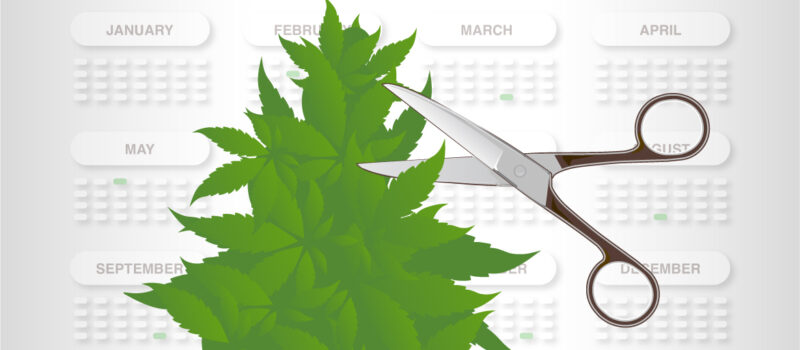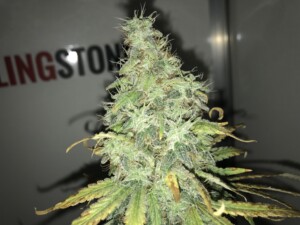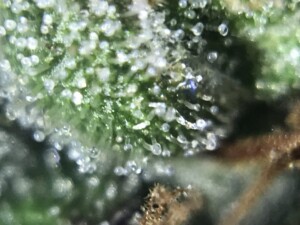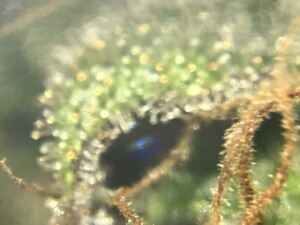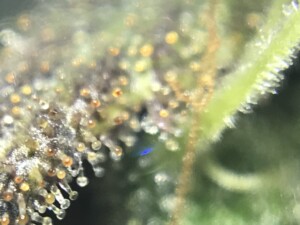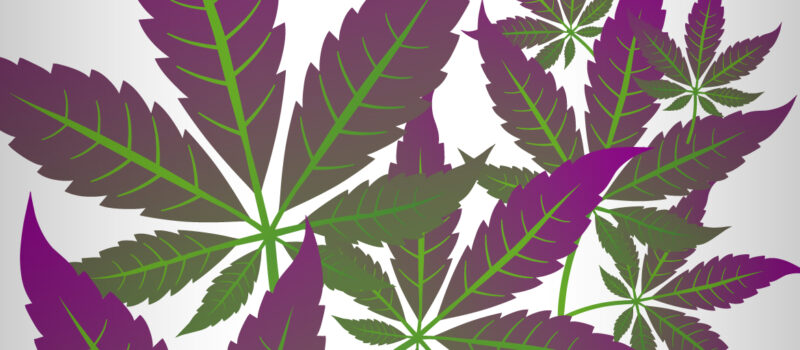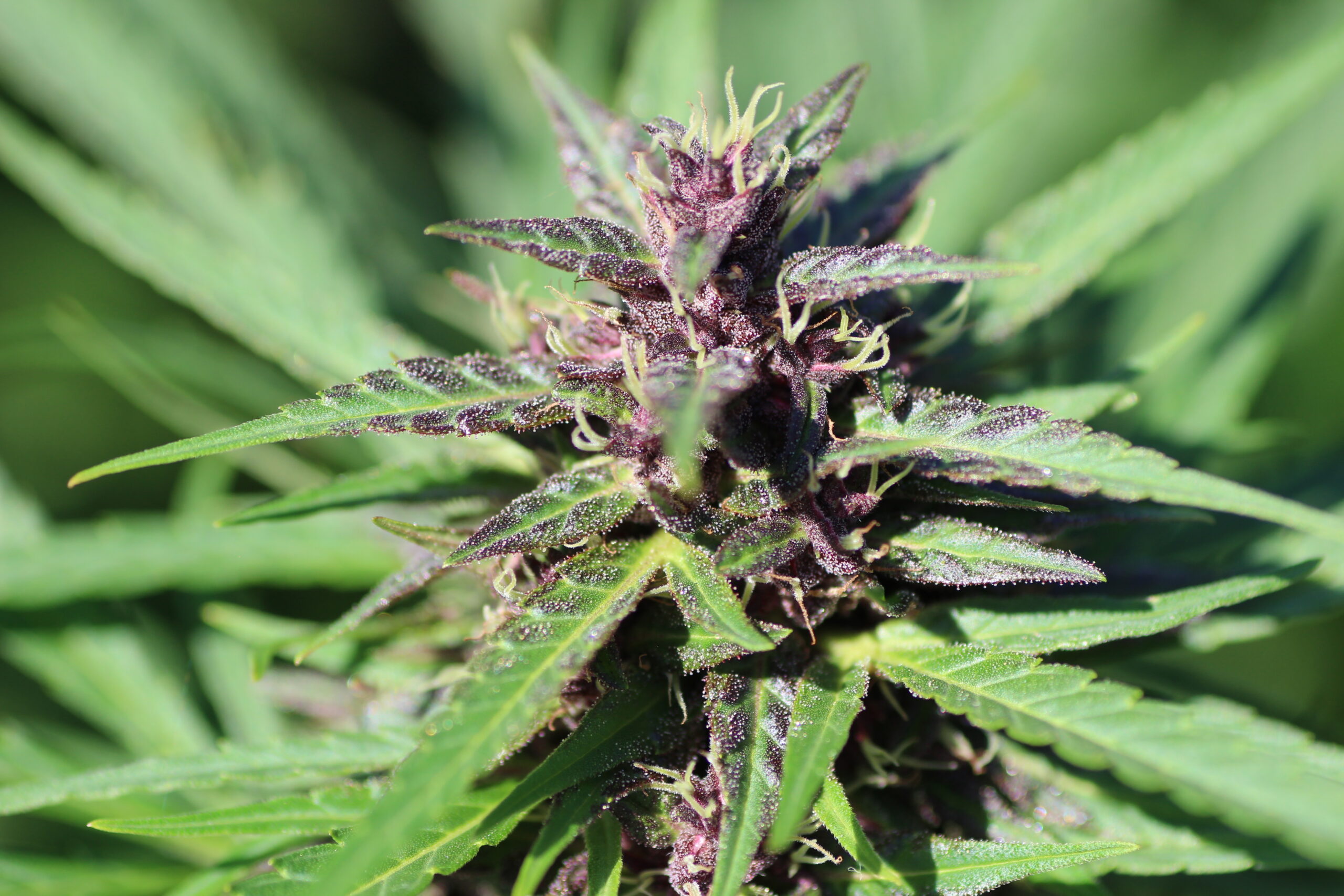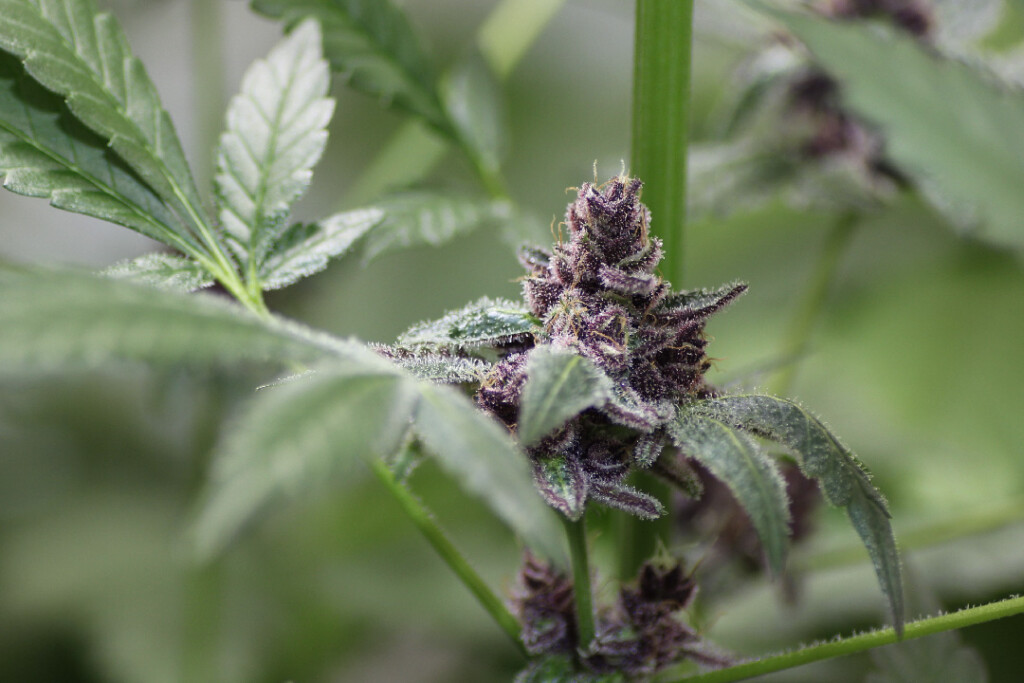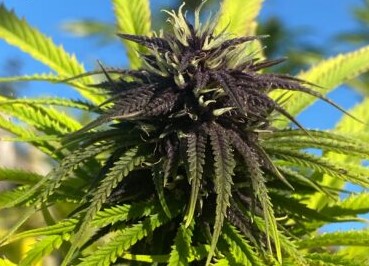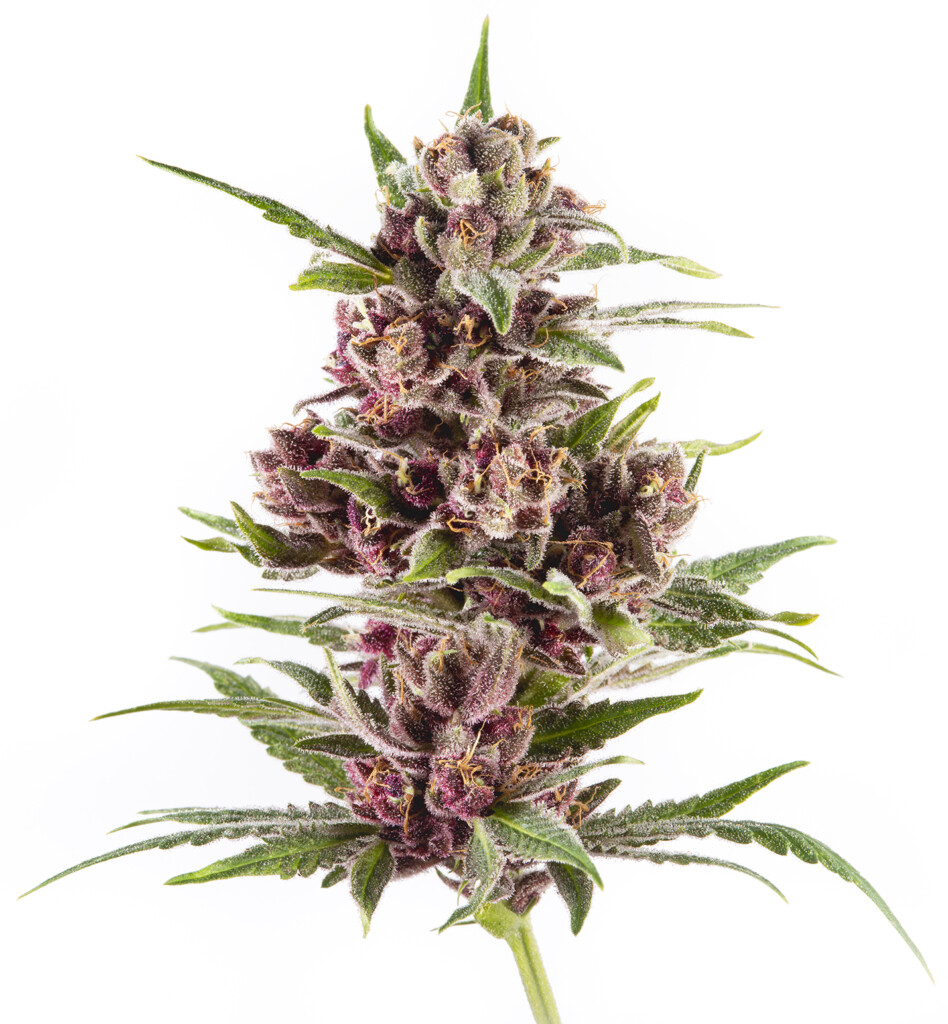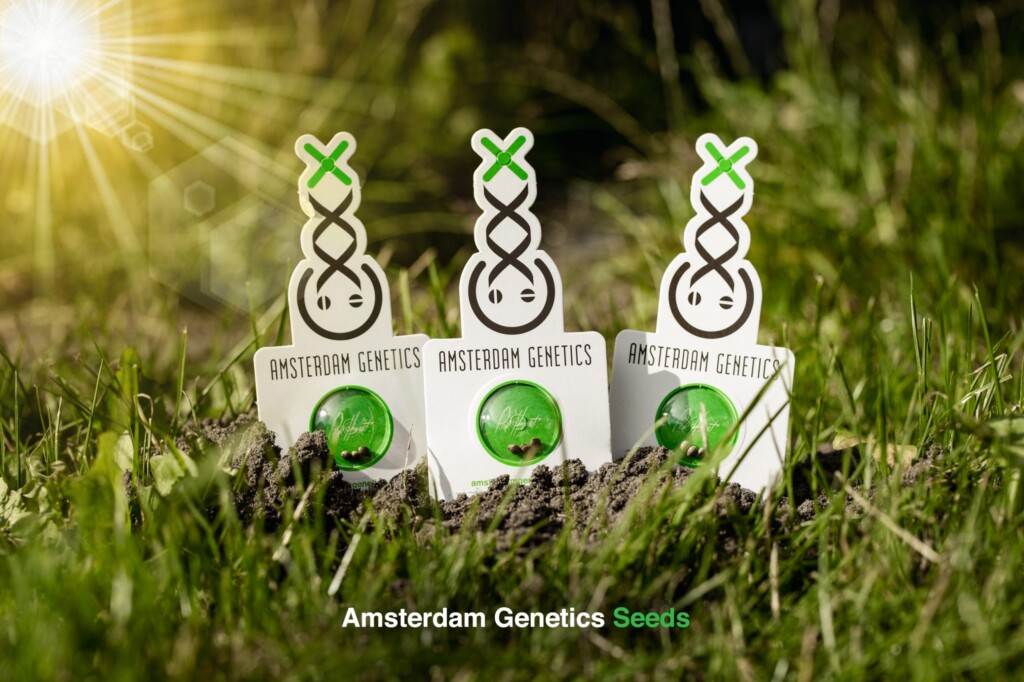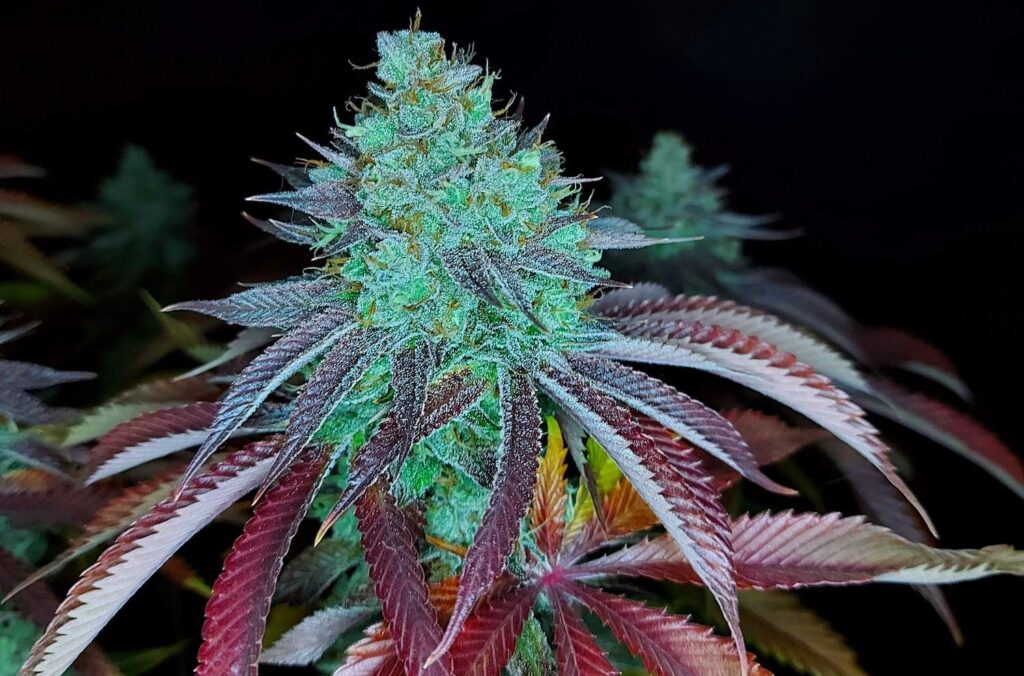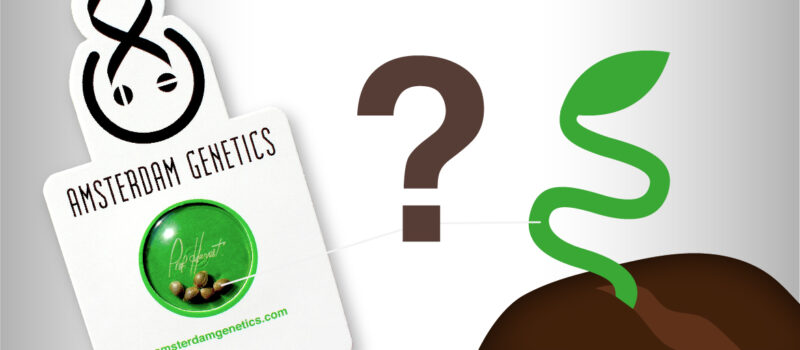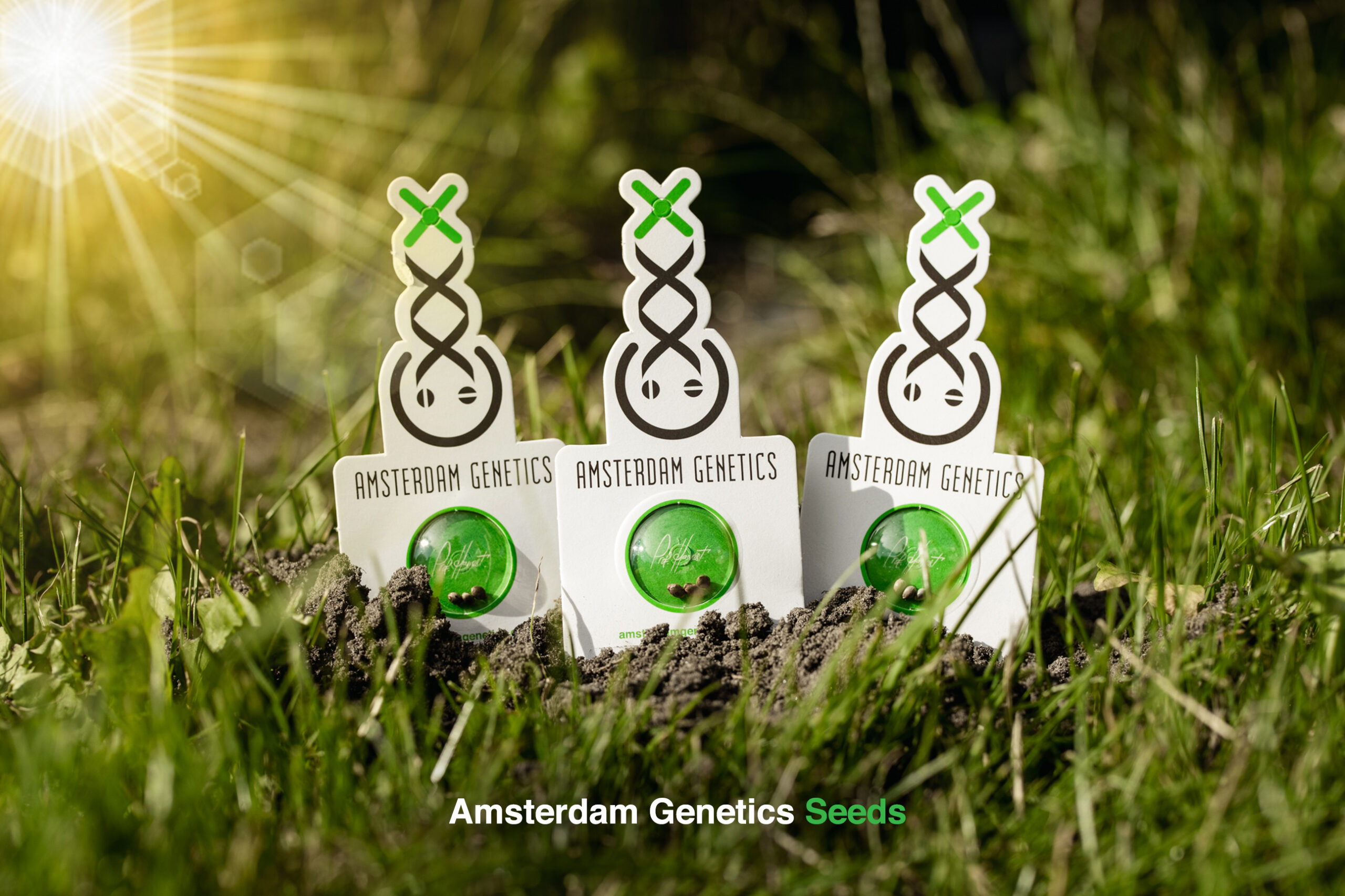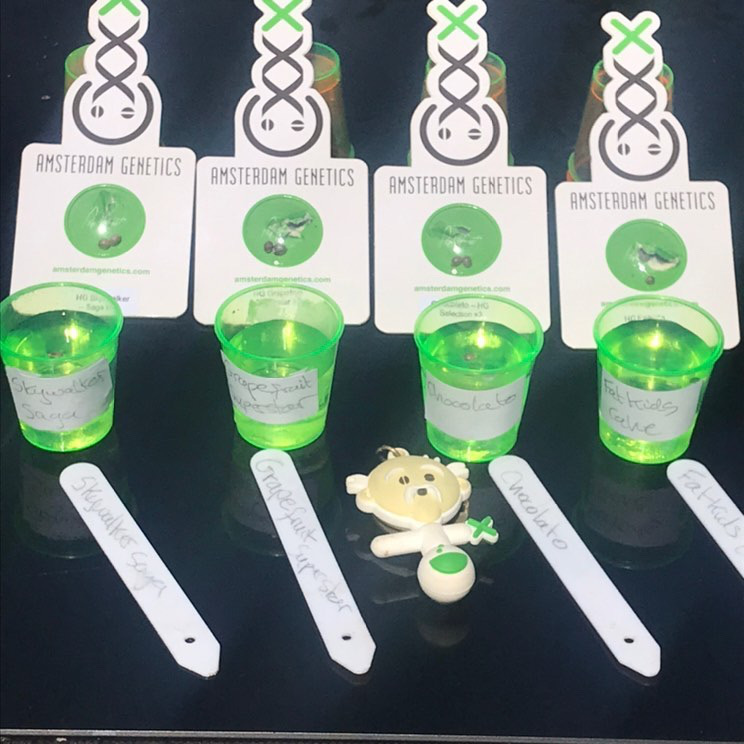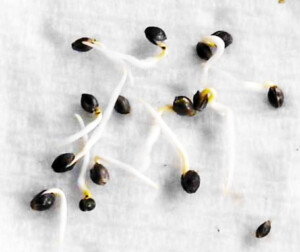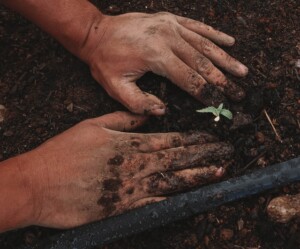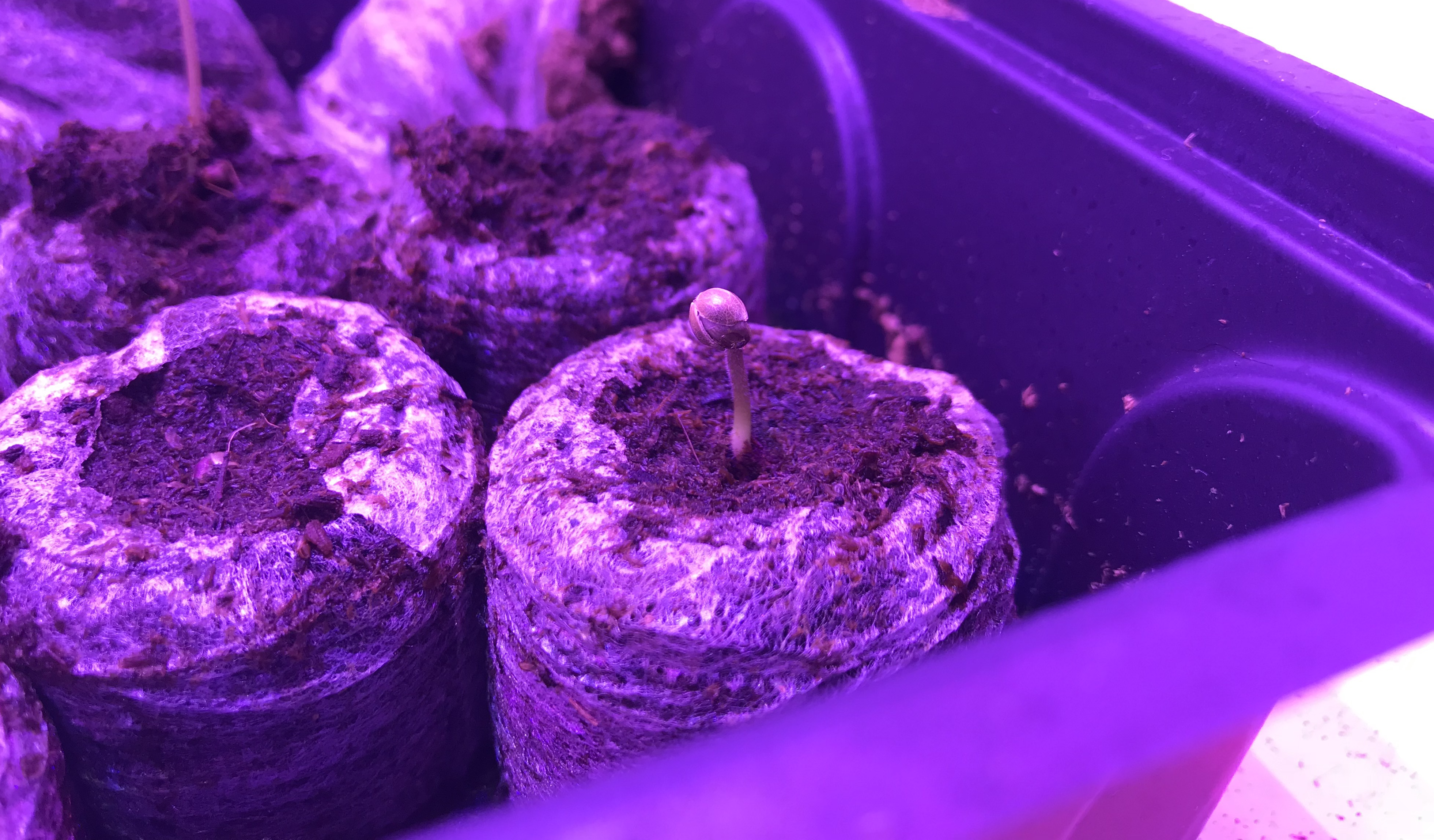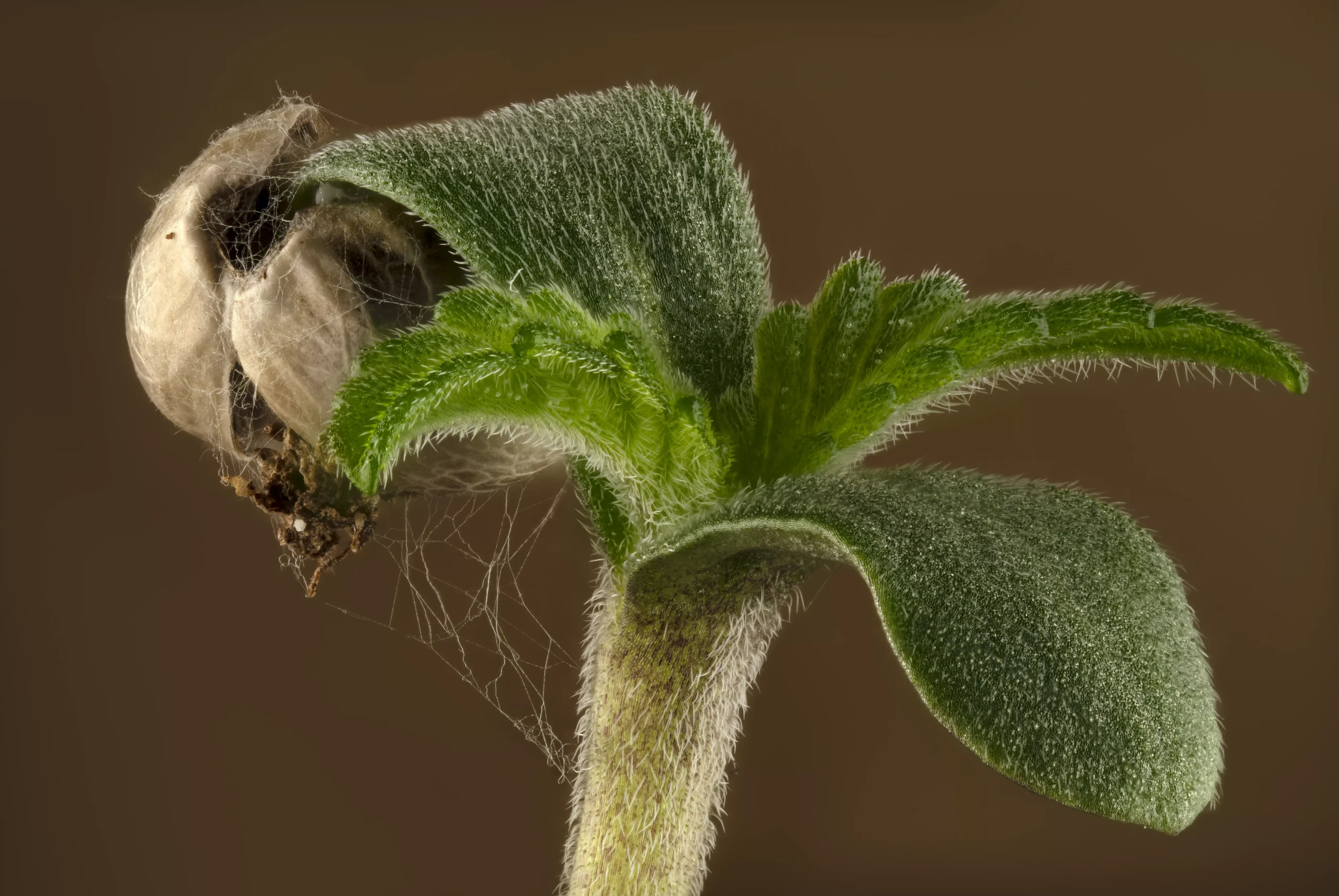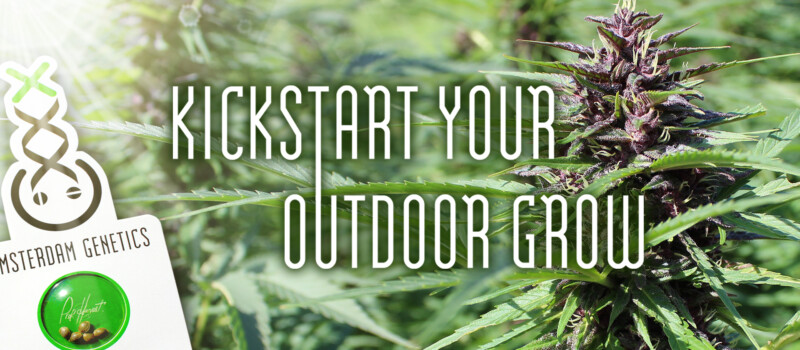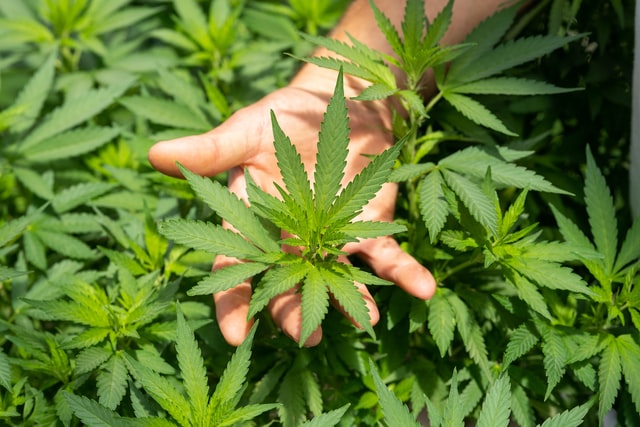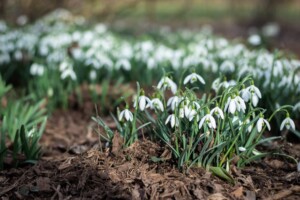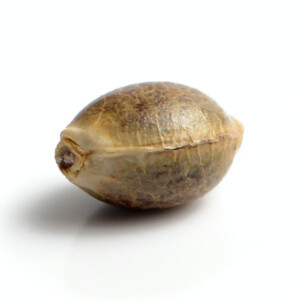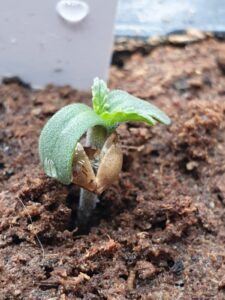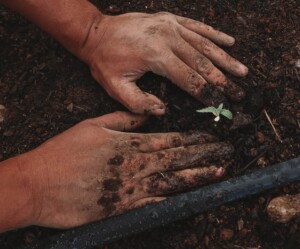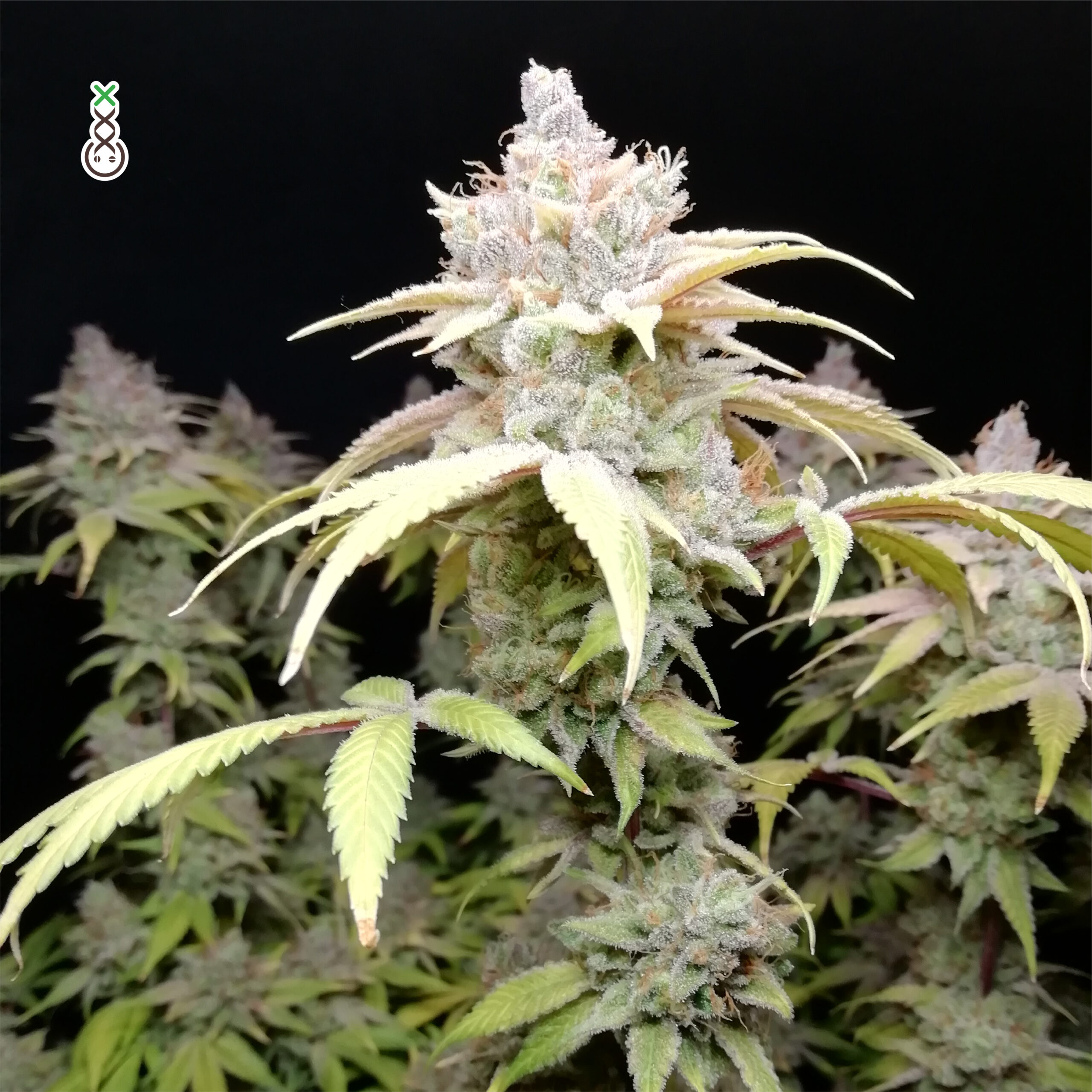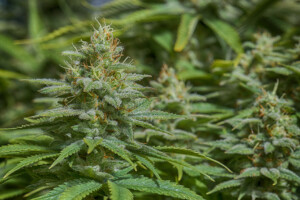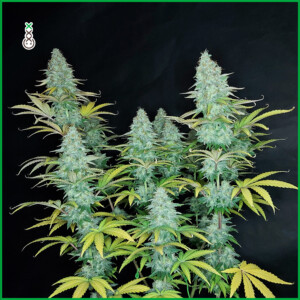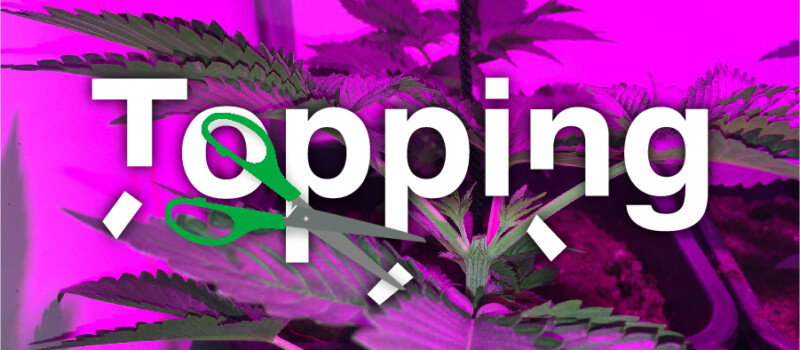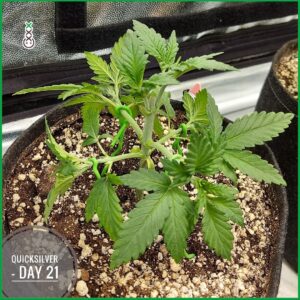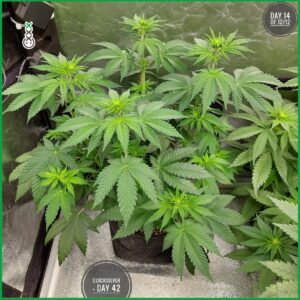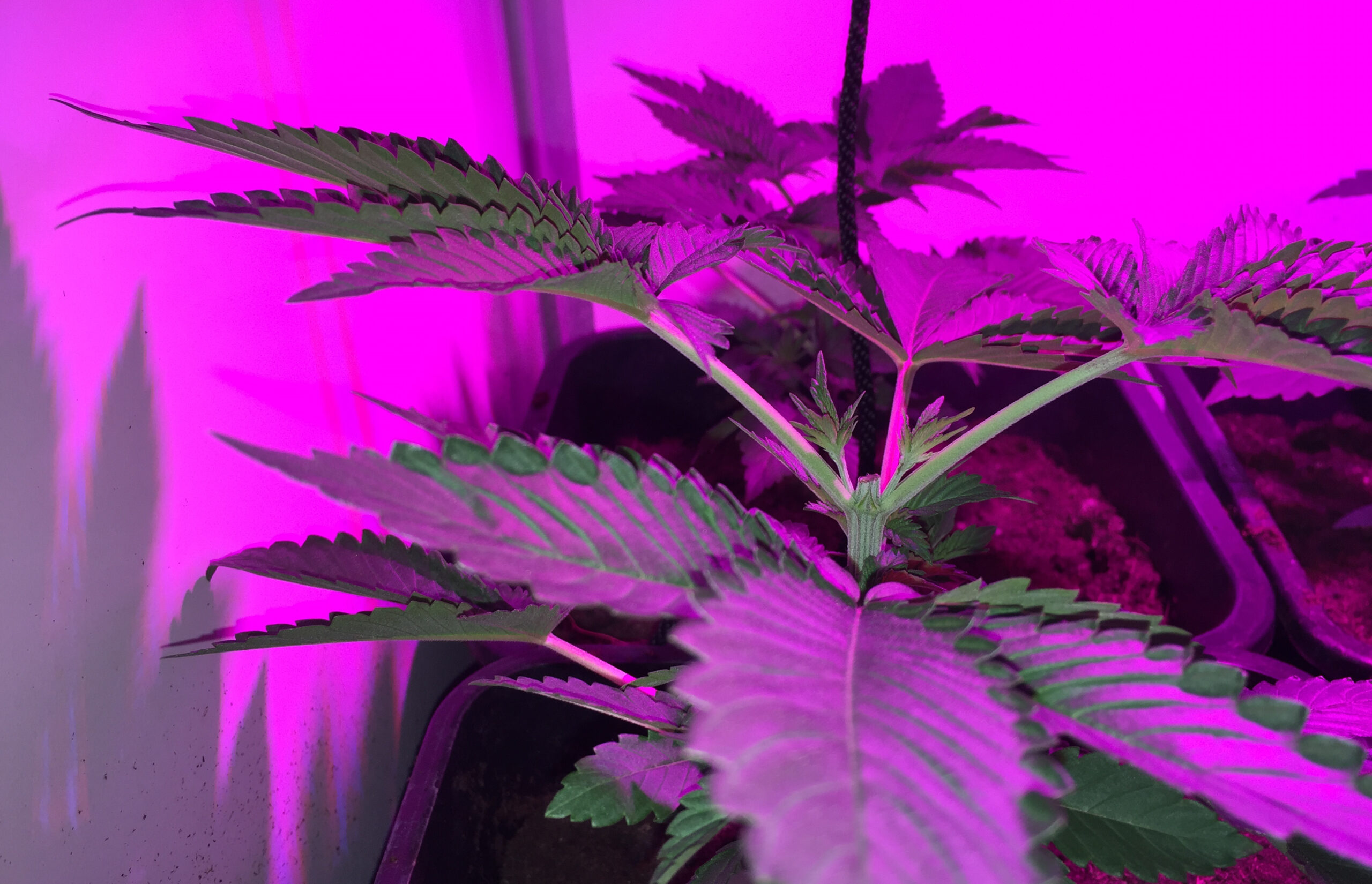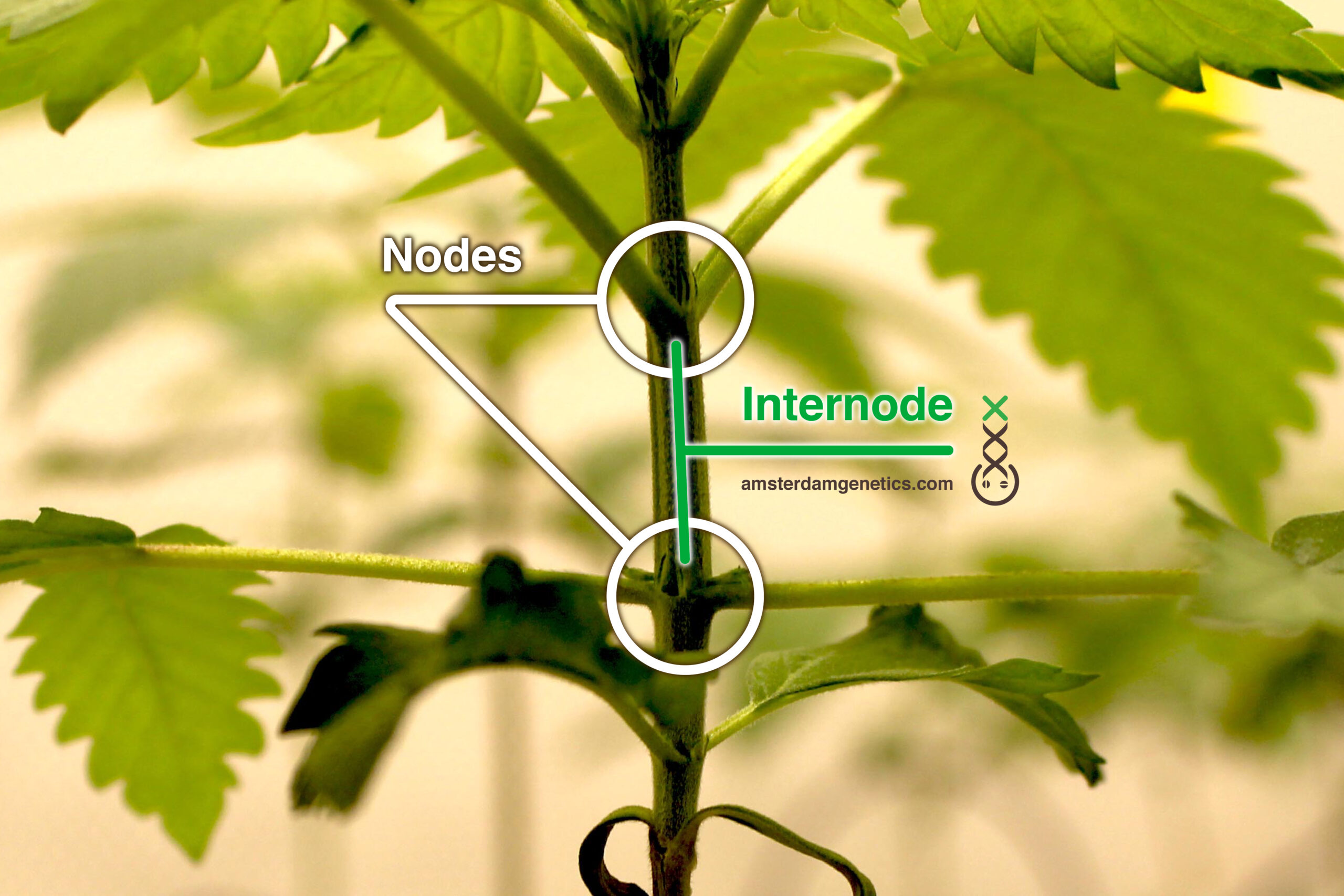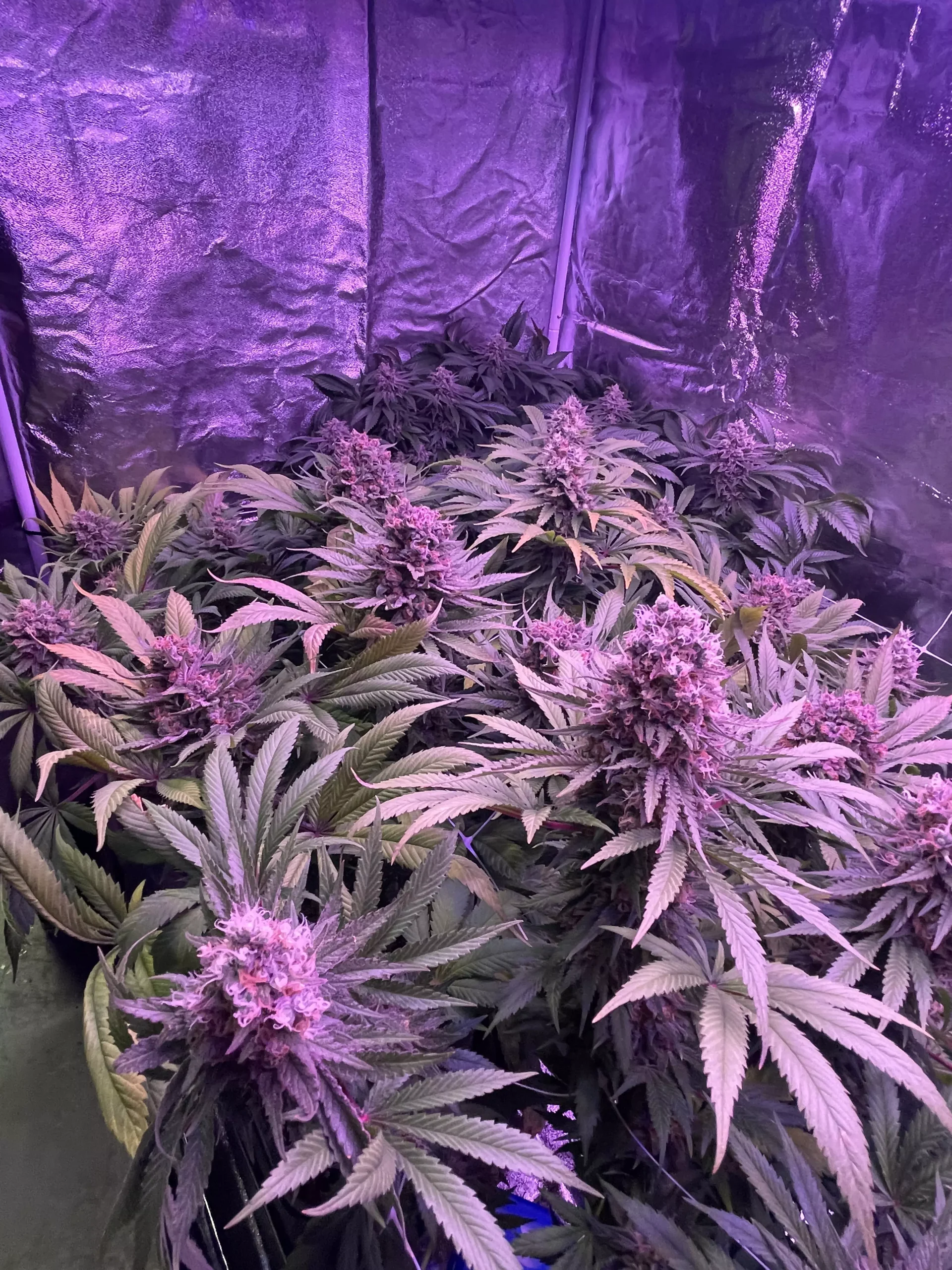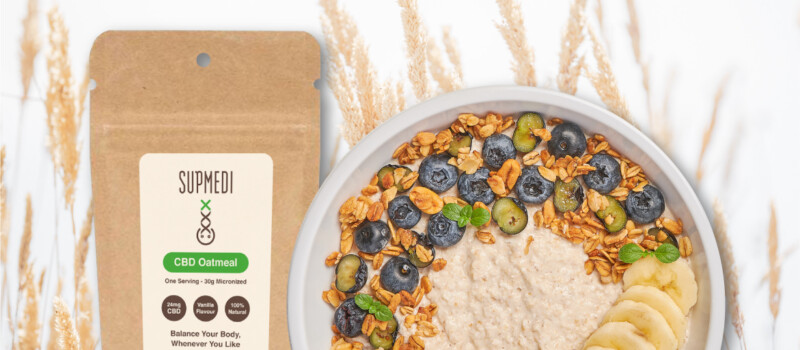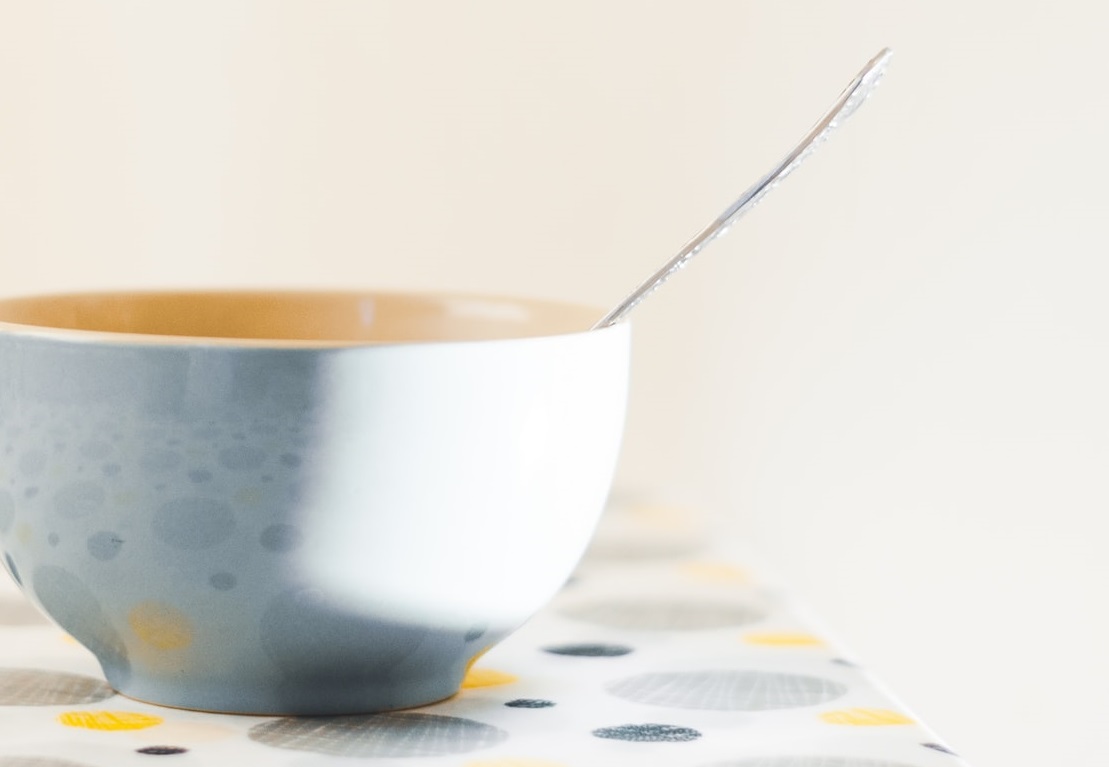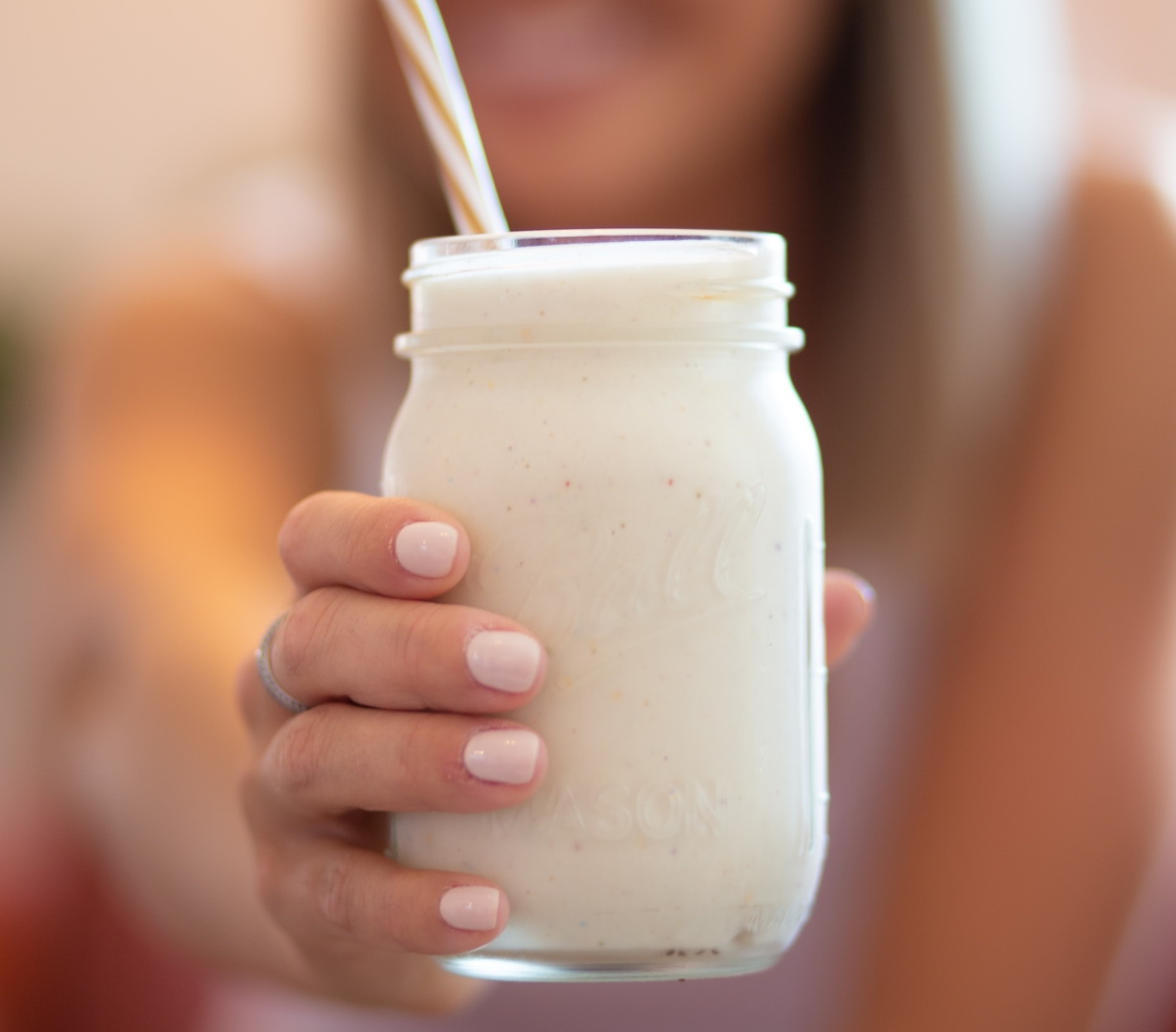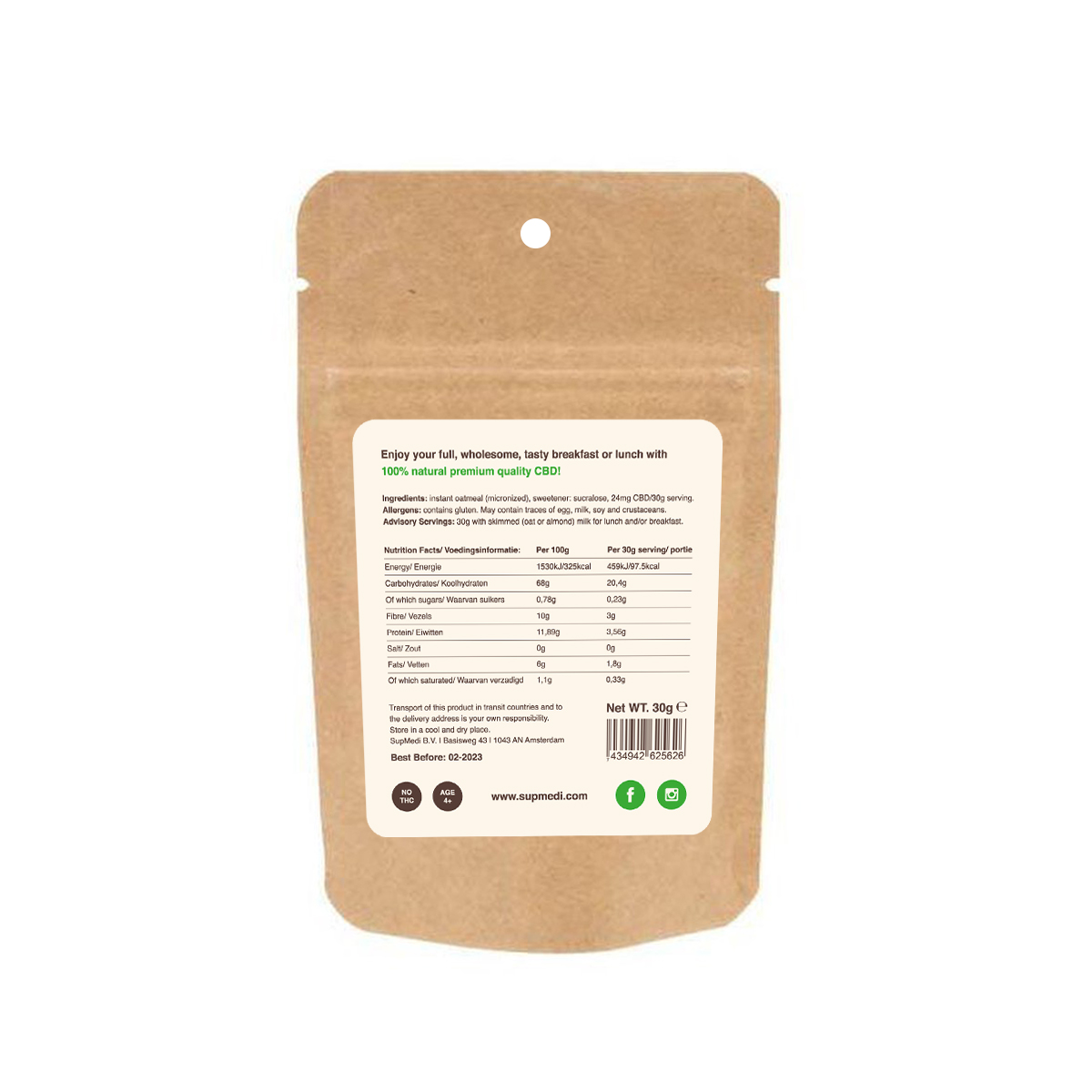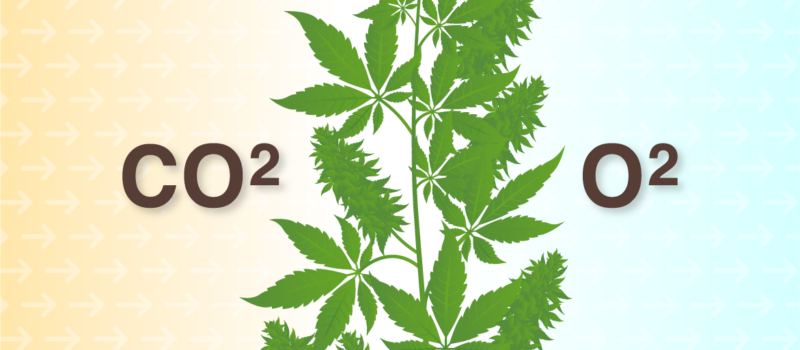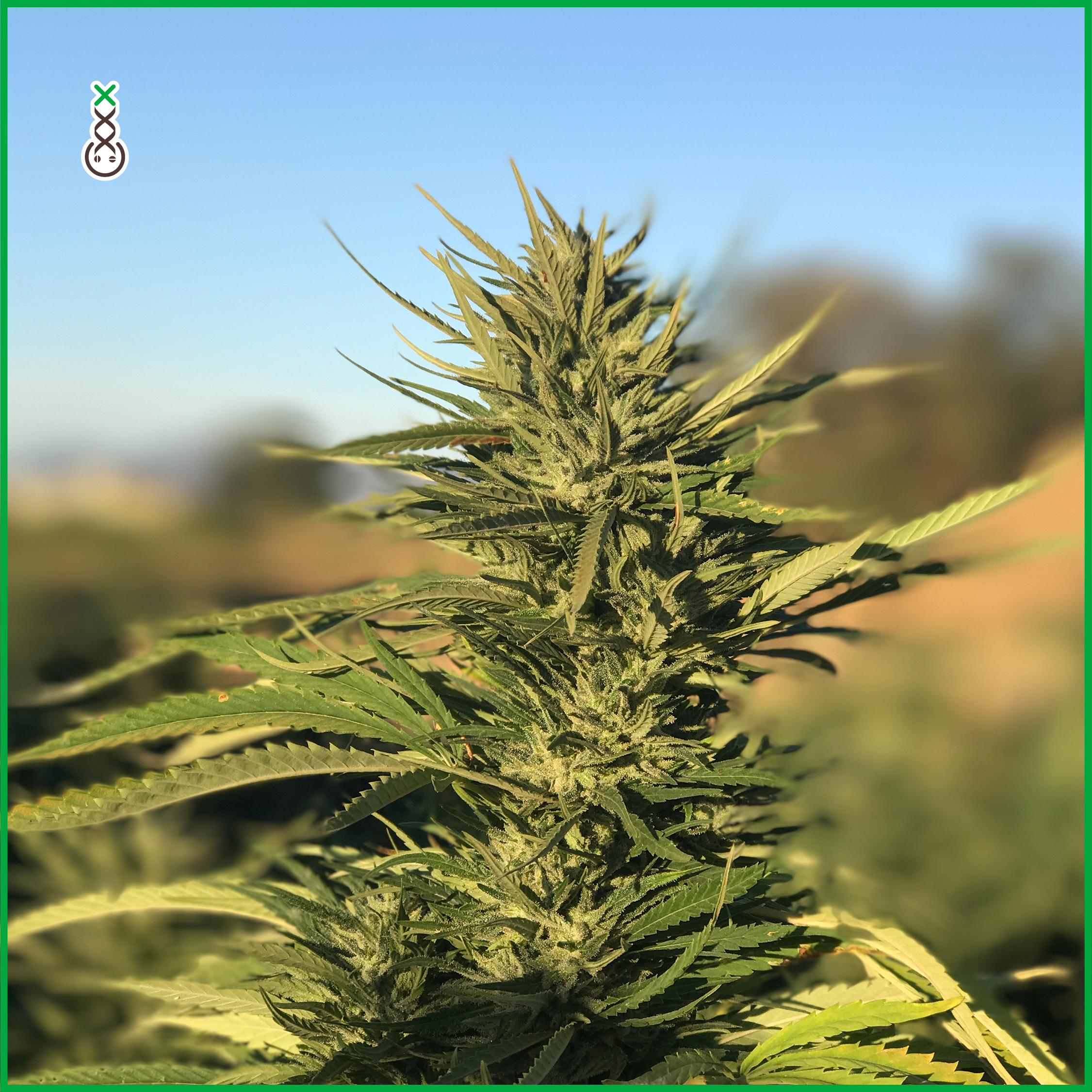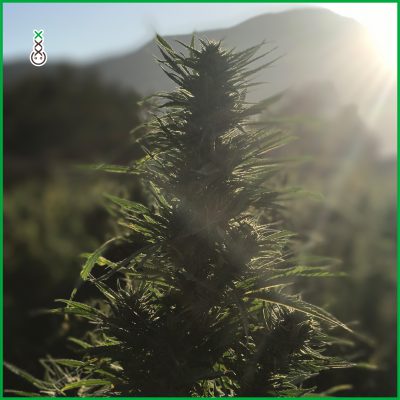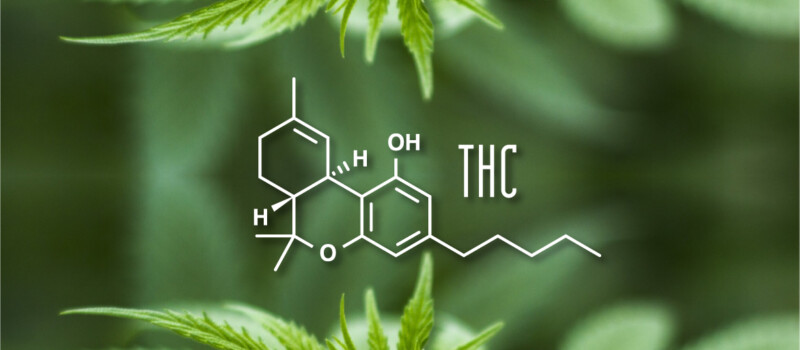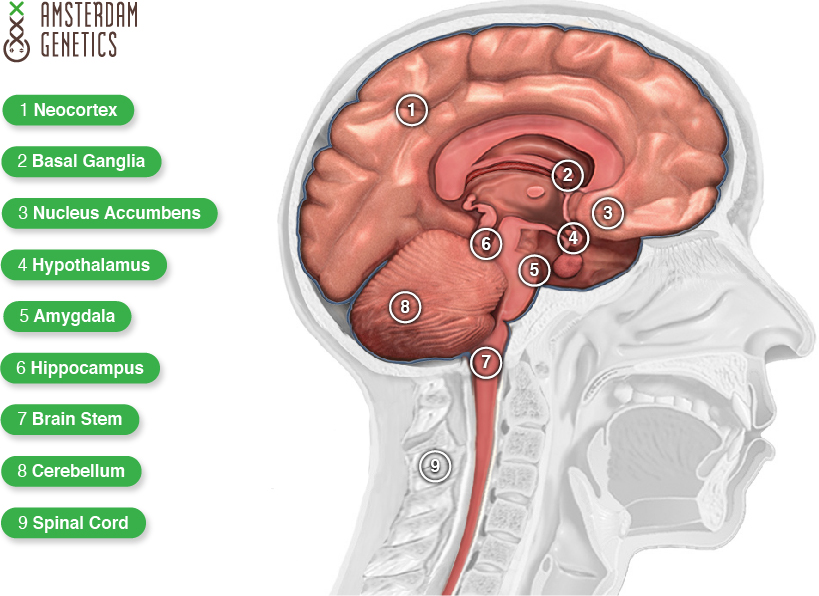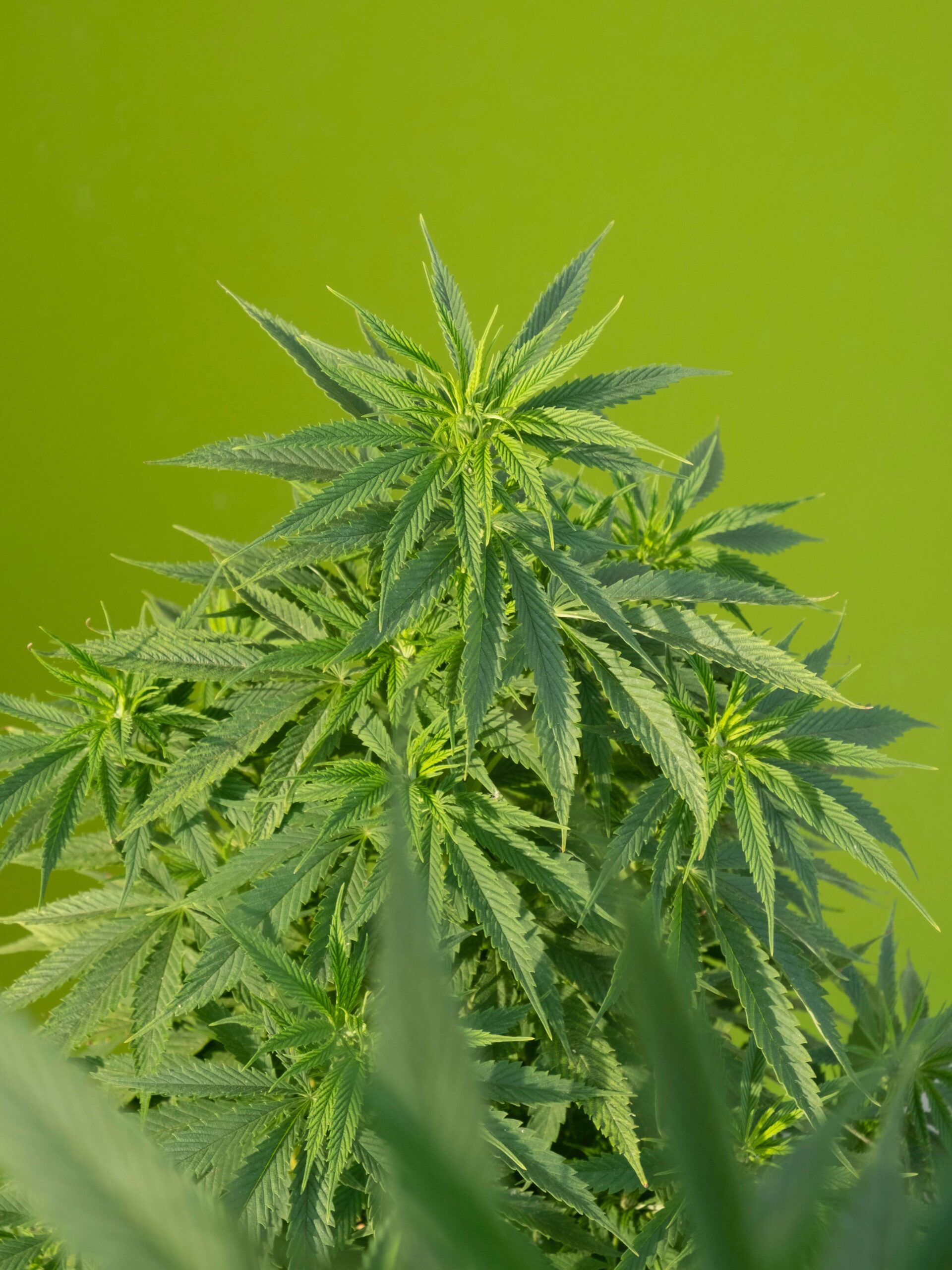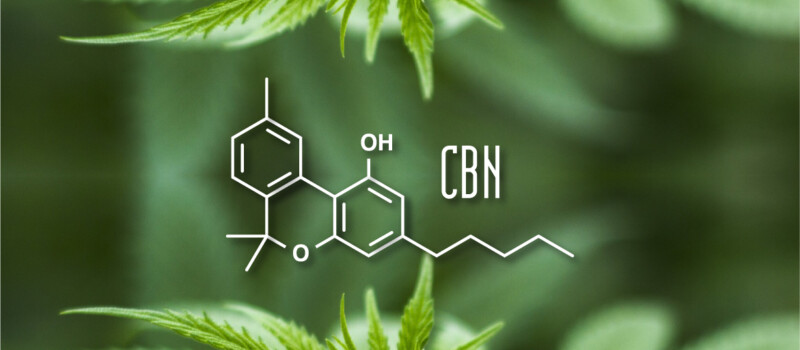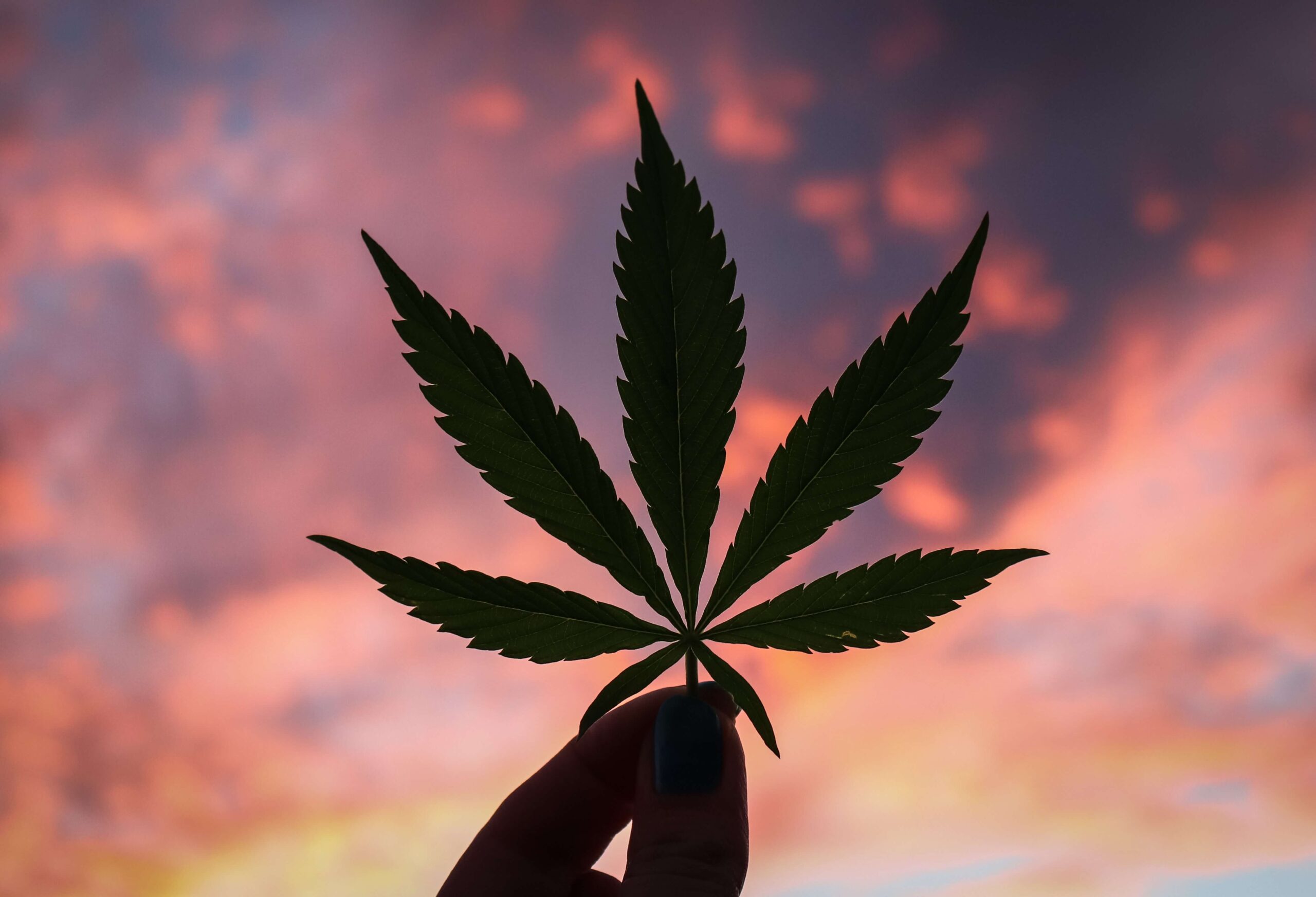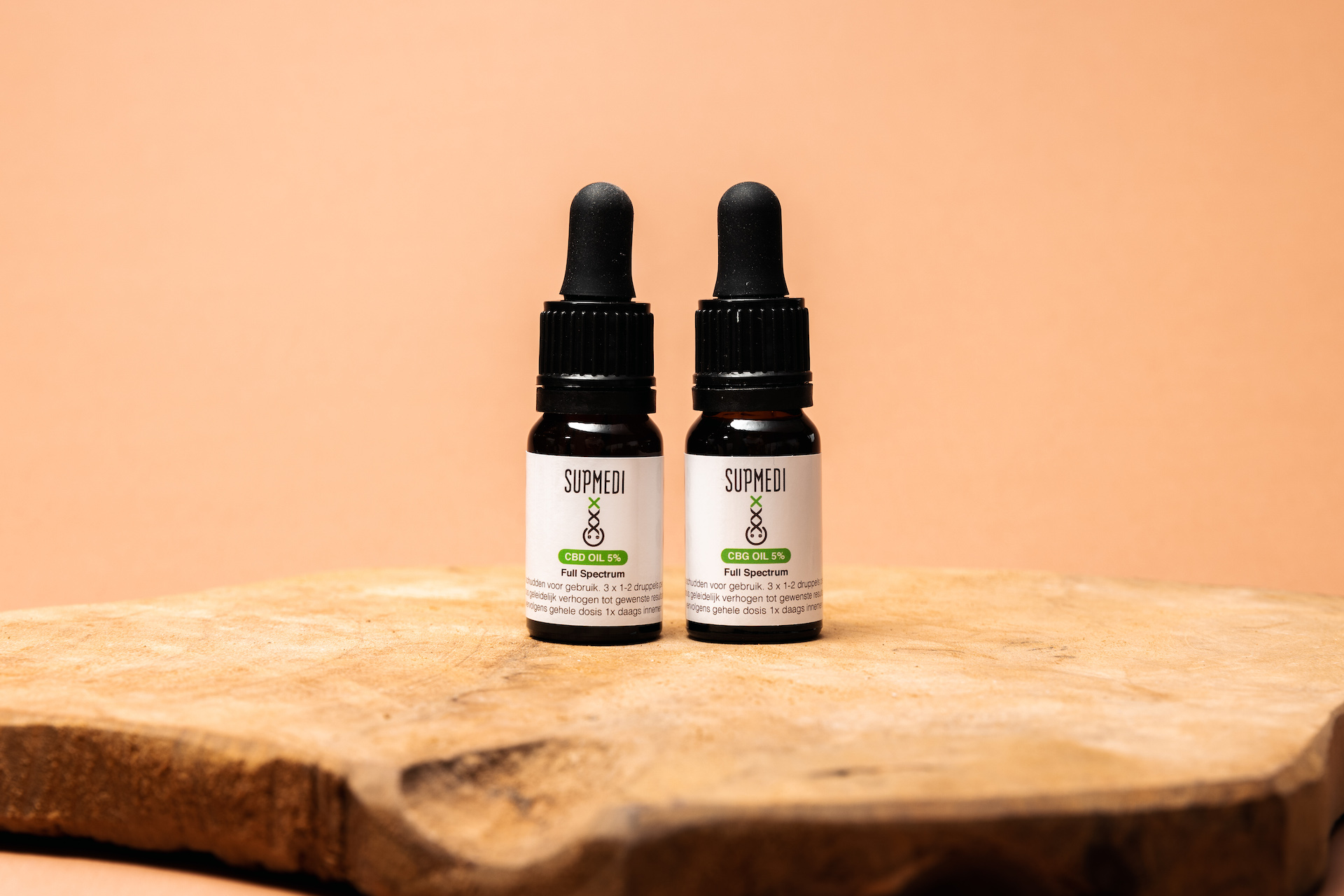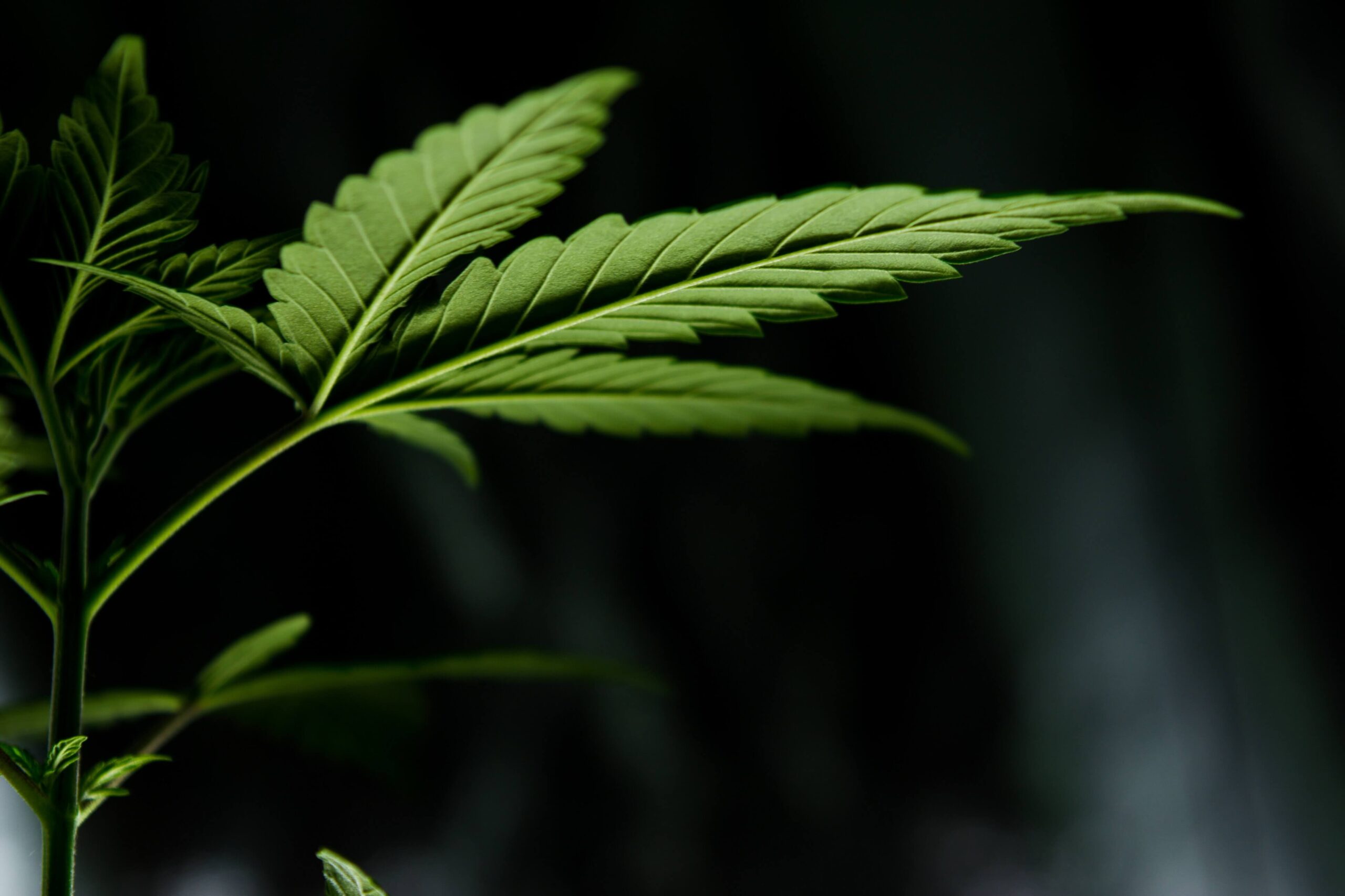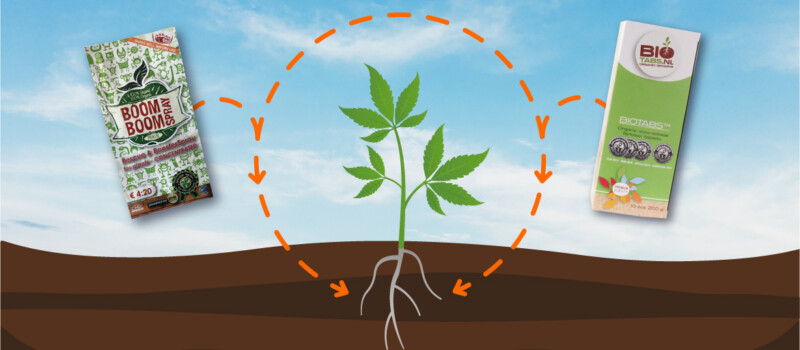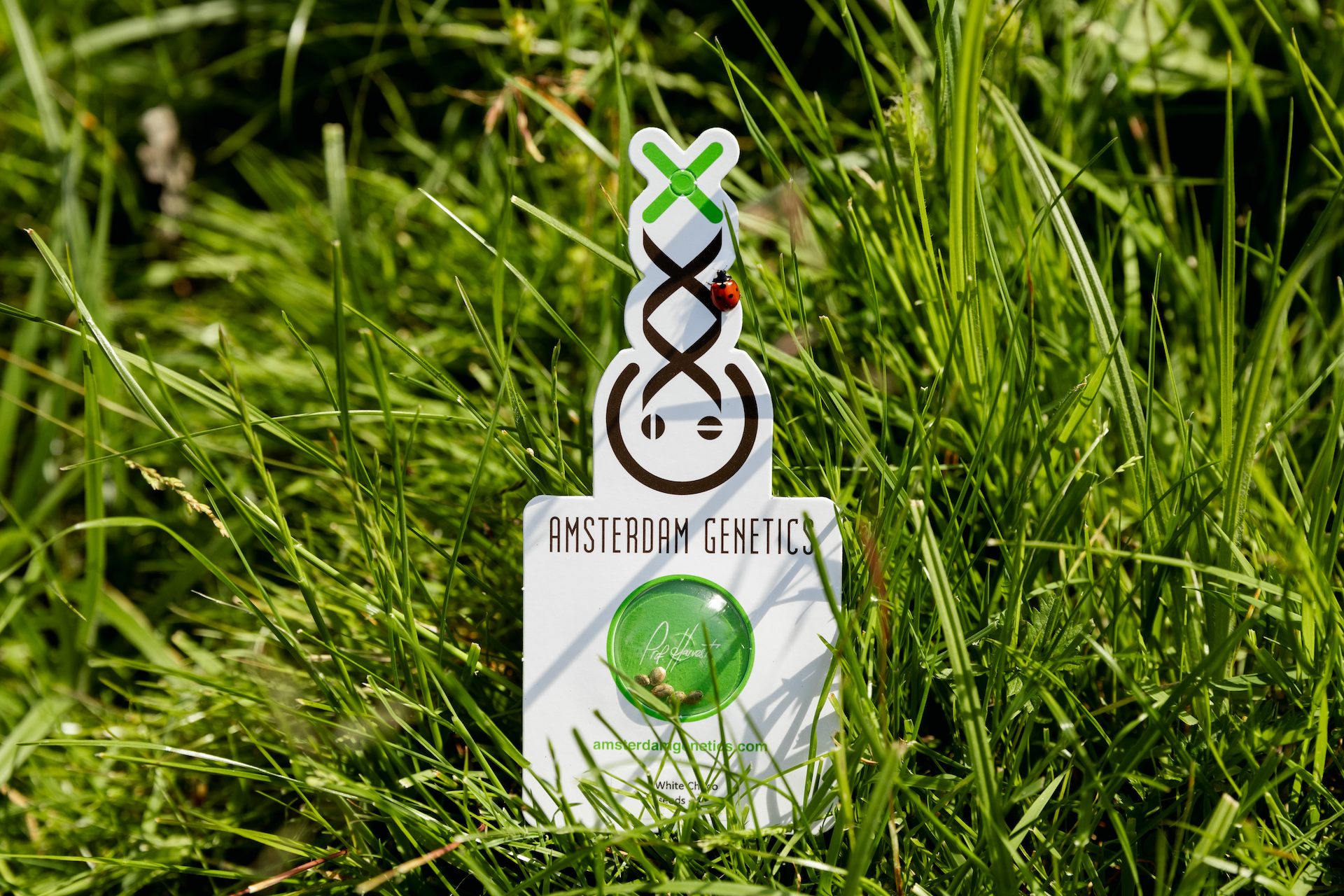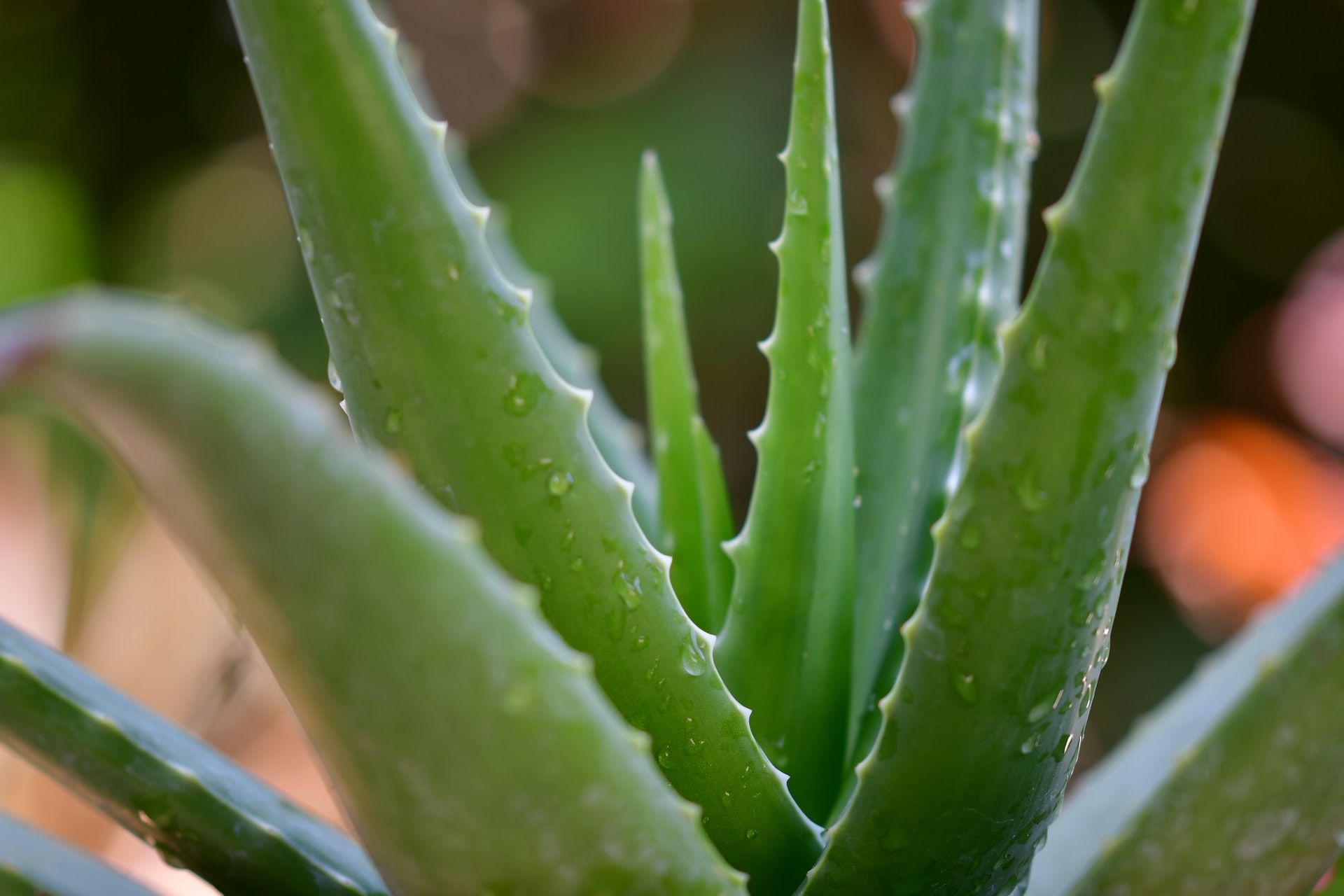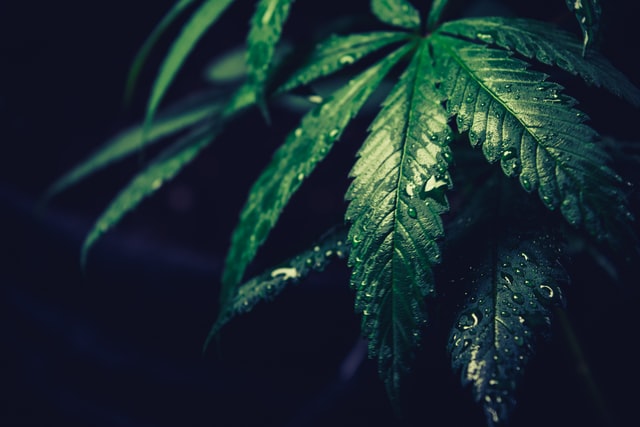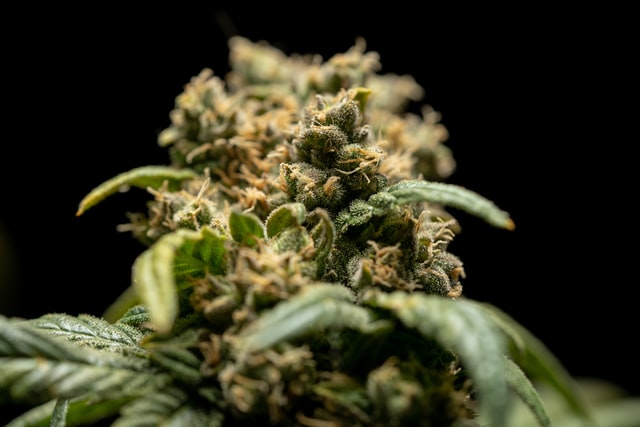So you patiently waited and made it through the vegetative and flowering phases of your cannabis plant… Whereas the plant’s job is now (almost) done, your biggest task is about to start. Because as soon as the plants are done flowering it’s your turn to cut the crop. But how exactly do you know when to harvest cannabis plants? Read on to find out!
The Cannabis Harvest
Obviously, raking in a cannabis harvest only comes after the full germination, vegetative, and flowering phases of the plant’s life cycle are complete. Once you’ve worked your way through these, however, that glorious bounty of freshly harvested flower is drawing closer day by day. The only thing left to do now is timing your harvest to perfection, making sure you get exactly what you’ve been growing for all these weeks.
Harvesting cannabis plants is all about timing. Since there is only a relatively small timeframe wherein a bud is ‘perfectly ripe’. This has everything to do with the plants trichomes, the glistering glands that make cannabis flowers so damn sticky.
These trichomes house the plants active components: cannabinoids, like THC and CBD as well as terpenes that raise a bud’s scent and taste to perfection. When they’re harvested at the right time, that is. Because if you cut the crop too early, these cannabinoids won’t develop to their full potential, resulting in weed lacking psychoactive effects.
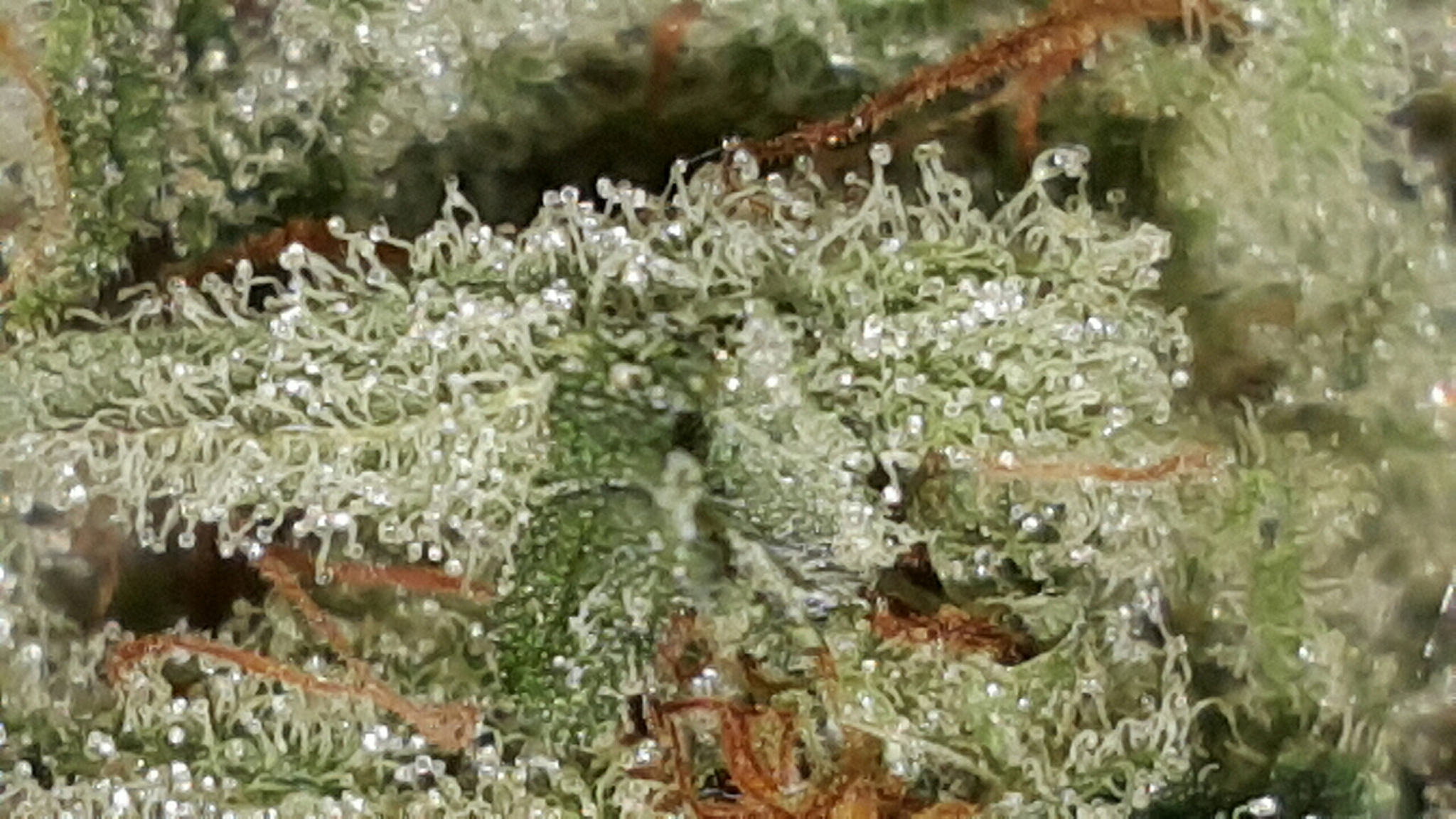
Harvesting a cannabis plant too late though, is a recipe for finding mold on your buds or even self-pollination. Besides that, it will definitely make the effect of your crop sedative and sleep-inducing. Find more on that subject below, under ‘Trichome Colour, which details what we consider the best methods to determine if your flower is ready to be harvested.
Harvest Cannabis By Trichome Colour
The most accurate way to determine when to harvest your cannabis, is to have a close look at the trichomes. A very close look – using a magnifying glass, macro lens, or microscope – will show you when the time is right to bring in the bounty. As mentioned before, these small trichomes house the plants cannabinoids. These compounds are the key to the cannabis ‘high’ or ‘stone’, as well as to the plant’s potential for medical relief.
By looking at the trichome heads with a magnifying tool, you can see how far along the cannabinoids are in their development. This is possible because the resin glands change colour as they mature; from transparent to opaque milky white, and then on to yellowish brown shades.
Right, so here comes the tricky bit. As happens with natural products, not all of a cannabis plant’s trichomes change colour at the same time. The maturing of trichomes is a gradual process. Furthermore, not all buds on a single plant mature at the same pace – if you grow multiple plants, the matter becomes even more complicated. That makes it difficult to pinpoint the perfect moment to harvest those cannabis colas.
The key here is keeping a close watch on trichome progress. Just give your plants a loving close-up inspection every day, and you’ll know when the time is right. Do most of the trichomes look watery or transparent with only a few milky ones, like in the picture above? Then the THC and CBD (or their cannabinoid acid precursors, to be precise) haven’t fully developed yet, and the flower won’t provide its full scope of effects.
Harvesting weed at this early stage can be beneficial for some, though, as people may intentionally seek a mild high rather than an intense one, or aim specifically for THCA and CBDA cannabinoid acids. For most growers, however, buds with mostly transparent trichomes are not yet matured to perfection.
Pinpointing That Peak THC Cannabis Harvest
If you’re looking for the potency peak – the moment where the THC level in the plant is at its highest – for a heavy psychoactive effect. Then you’re looking to harvest your plant when around 70-80 percent of the trichomes look milky; and some already appear amber/orange/brownish. In the milky trichomes, the THC and CBD molecules are perfectly developed and at their full potential.
For most growers, this is the moment they have been waiting for since the first signs of flowering emerged. Watching those buds frost over with crystal-like trichomes can be a challenge for those who just want a taste of their cherished flowers, but as they say, all good things come to those who wait. The one thing left to avoid now is waiting too long.
After turning milky white and opaque, trichomes eventually take on shades of yellow, amber, orange, and brown. The amber trichomes indicate that most of their THC content has been metabolized into another cannabinoid known as CBN (cannabinol). This cannabinoid has been classified as extremely sedative; more so than THC, in fact. Some even claim that CBN is twice as effective as Diazepam, a pharmaceutical sedative.
Harvesting plants at a later stage, when most of the once-milky trichomes have turned amber, will therefore result in a predominantly sleep-inducing, narcotic stoned effect. This change even occurs in sativa-dominant strains such as Lemon Ice, despite their reputation for delivering uplifting, energizing highs.
Again, such late-harvest flower buds may be exactly what some growers seek. Then again, those who aim for a more sedative and narcotic effects should consider growing one of our strains intended for promoting good sleep or deeply relaxing effects instead.
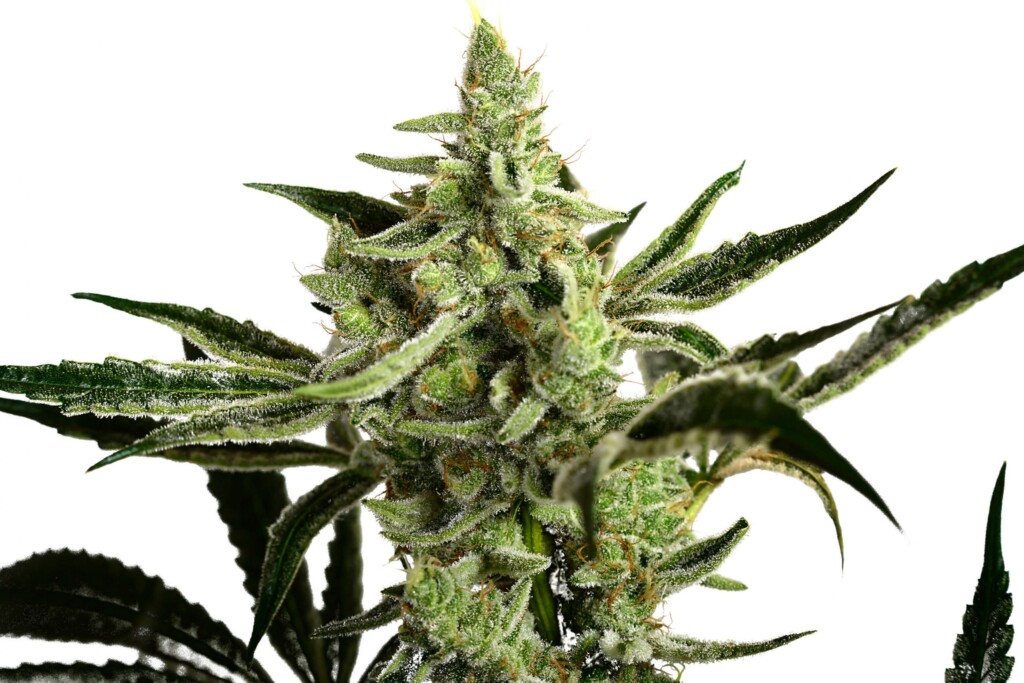
How To Harvest Cannabis By Pistil Hair Colour
Another indicator of when to harvest cannabis plants is the colour of their pistil ‘hairs’ instead of the trichomes. The trick is waiting until the right percentage of pistils turns brown or orange. This approach is slightly less acuurate, but easier to do with the naked eye. These tiny hairs are the first signs that announce the start of the flowering stage in female cannabis plants. Pistils are in fact reproductive organs intended to catch male pollen for fertilization and production of seds. However, most growers want female flowers without seeds for bigger buds. Still pistil colour is a good indicator for determining when to harvest and when to wait a little longer.
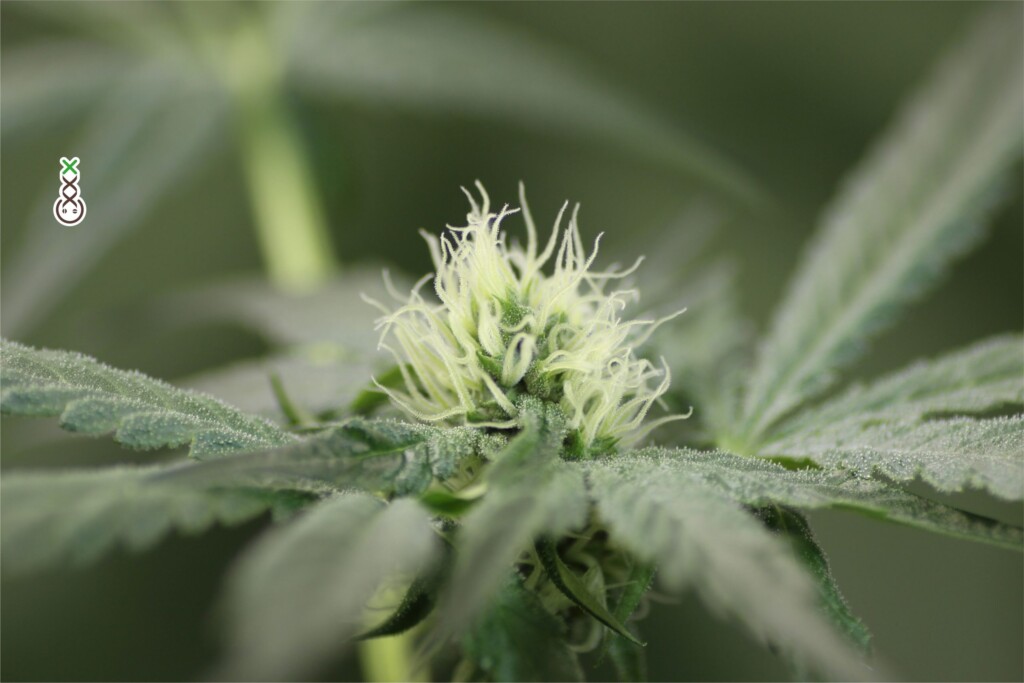
If you decide to use the pistil hair method, use the following percentages as your guideline:
- Once 40% of the pistils have turned brown, your harvesting window of opportunity opens. The plant contains enough THC to produce a high, but she hasn’t reach her peak yet. At this point, the weed will produce an energetic high;
- Once 50 to 60% of the pistils turn brown, your cannabis plant is at her best! Her buds are rich in THC (well, THCA to be precise) and this is the perfect time to get that harvest in;
- Once 80 to 90% of the pistils turn brown, your weed has flowered for too long. Most of the potential THC has now turned into CBN. This produces a sedative effect, but it will not get you high as it would when the plant was at peak THC capacity.
High Or Stoned On A Cannabis Harvest?
As you can see, a strain’s effects are ultimately determined not just by its cannabinoid and terpene profile and genetic quality, but also by the moment when it is harvested. That makes it so crucial to harvest cannabis with perfect timing. With this knowledge, it is safe to say that not only the strains genetics, but also the moment a plant is harvested can have impact on a particular strain’s effect.
Harvest too early and you’ll experience a light headbuzz high effect, even from a heavy indica strain. Harvest too late and find yourself knocked out by the couchlock effect you might not expect from a sativa-heavy hybrid. Of course, you could time your cannabis harvest ‘wrong’ on purpose to achieve precisely these effects. Feel free to do whatever suits your needs!
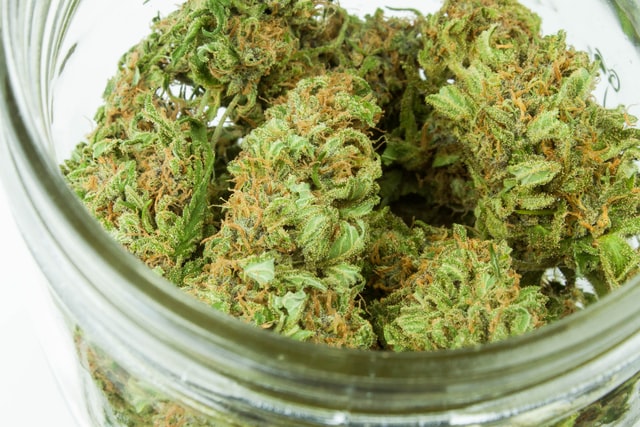
How To Harvest Cannabis
So now that you know when to harvest cannabis, it’s time we took a closer look at how to go about it. Read our blog on how to harvest cannabis in 5 easy steps, and get all the information on flushing the plant, trimming the colas and then drying and curing that big yield of buds.
Ah yes – for all you outdoor growers, here’s a quick guide on protecting your cannabis right before harvest time, which is when your colas are at their most vulnerable.
Of course, if you haven’t started that grow yet, this is the perfect time to order your premium seeds and commence the grow that will get you your much-anticipated cannabis harvest – let’s go shopping…
Pick The Best Seeds To Harvest
Know a better way of determining when to harvest your weed, or want to share cool harvest pictures? Let us know through social media or better yet: find out how to join our Amsterdam Genetics Harvest Contest and win €100 shop credit with your most deliciously awe-inspiring harvest cannabis pictures as you log your AG seeds grow on Growdiaries.com!

Find out how to enter here, and read up on some quick tips for shooting the most eye-wateringly gorgeous flower bud photos!








